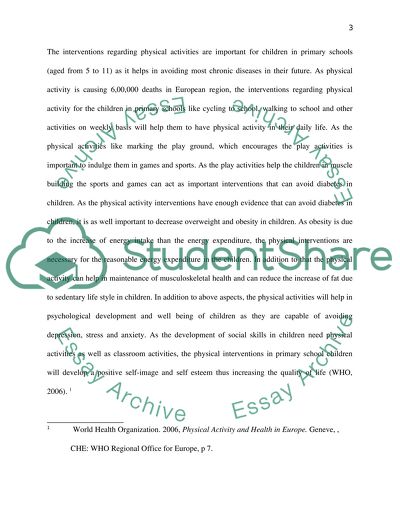Cite this document
(“Critically evaluate interventions aimed at increasing physical actvity Essay”, n.d.)
Critically evaluate interventions aimed at increasing physical actvity Essay. Retrieved from https://studentshare.org/miscellaneous/1526108-critically-evaluate-interventions-aimed-at-increasing-physical-actvity-levels-in-school-children-aged-511-primary-school
Critically evaluate interventions aimed at increasing physical actvity Essay. Retrieved from https://studentshare.org/miscellaneous/1526108-critically-evaluate-interventions-aimed-at-increasing-physical-actvity-levels-in-school-children-aged-511-primary-school
(Critically Evaluate Interventions Aimed at Increasing Physical Actvity Essay)
Critically Evaluate Interventions Aimed at Increasing Physical Actvity Essay. https://studentshare.org/miscellaneous/1526108-critically-evaluate-interventions-aimed-at-increasing-physical-actvity-levels-in-school-children-aged-511-primary-school.
Critically Evaluate Interventions Aimed at Increasing Physical Actvity Essay. https://studentshare.org/miscellaneous/1526108-critically-evaluate-interventions-aimed-at-increasing-physical-actvity-levels-in-school-children-aged-511-primary-school.
“Critically Evaluate Interventions Aimed at Increasing Physical Actvity Essay”, n.d. https://studentshare.org/miscellaneous/1526108-critically-evaluate-interventions-aimed-at-increasing-physical-actvity-levels-in-school-children-aged-511-primary-school.


